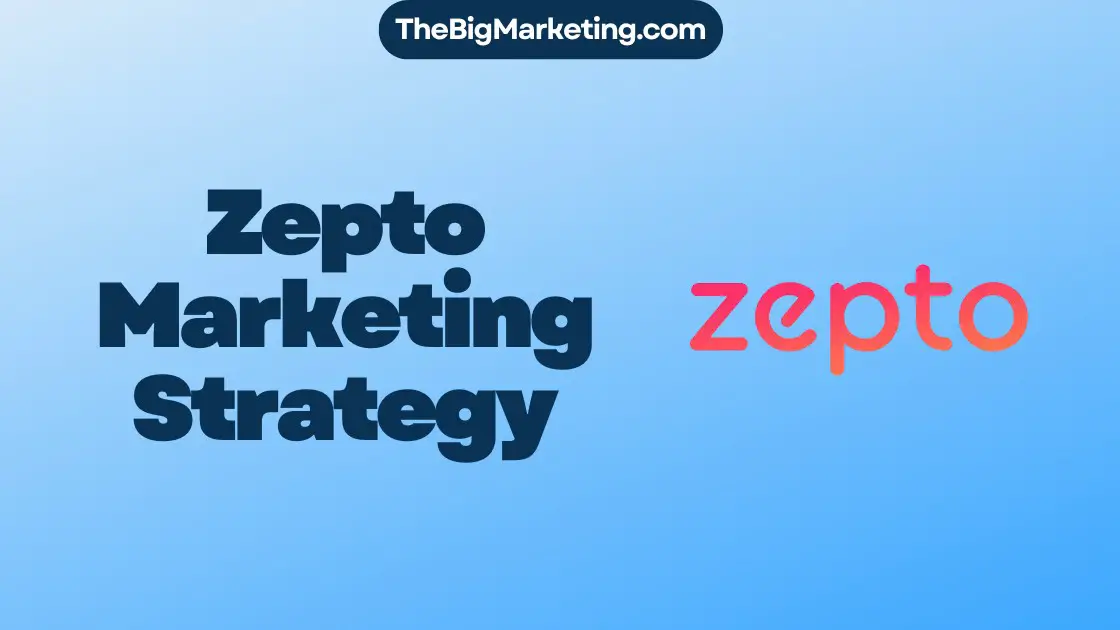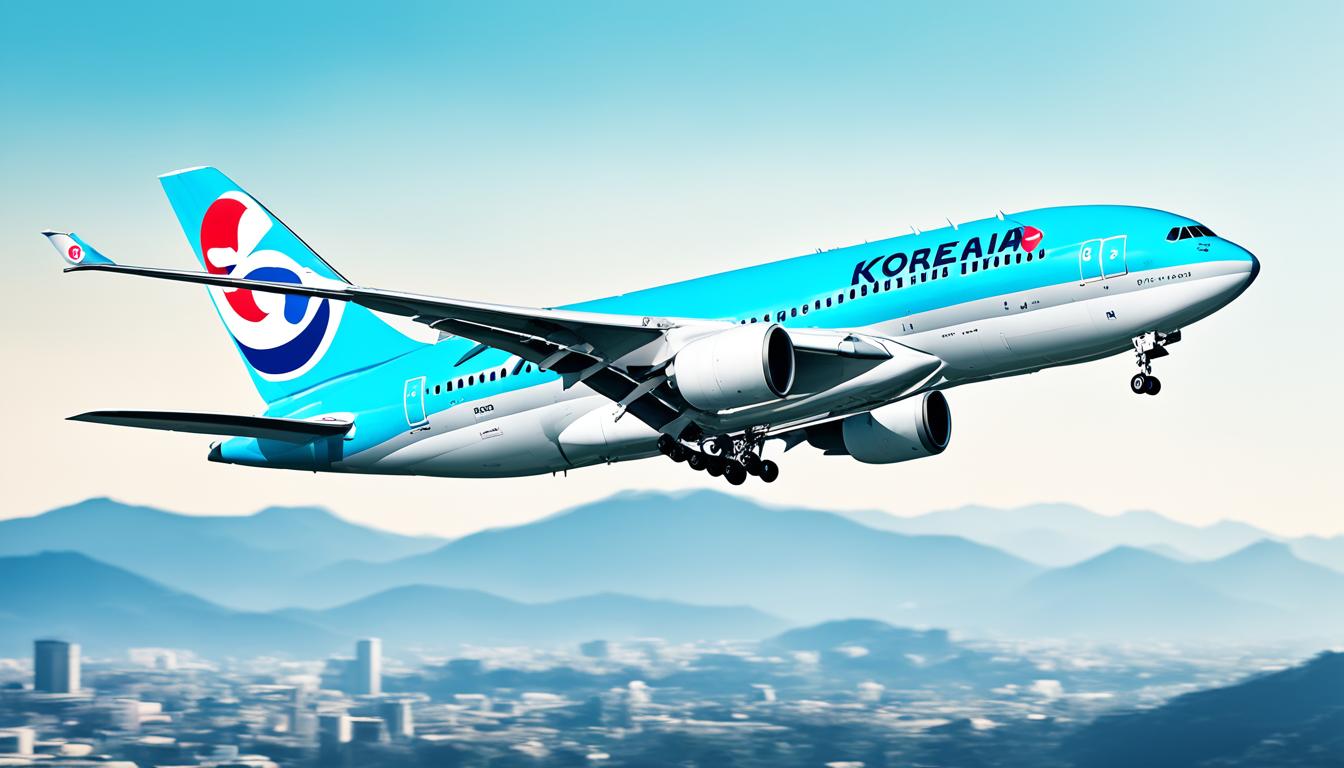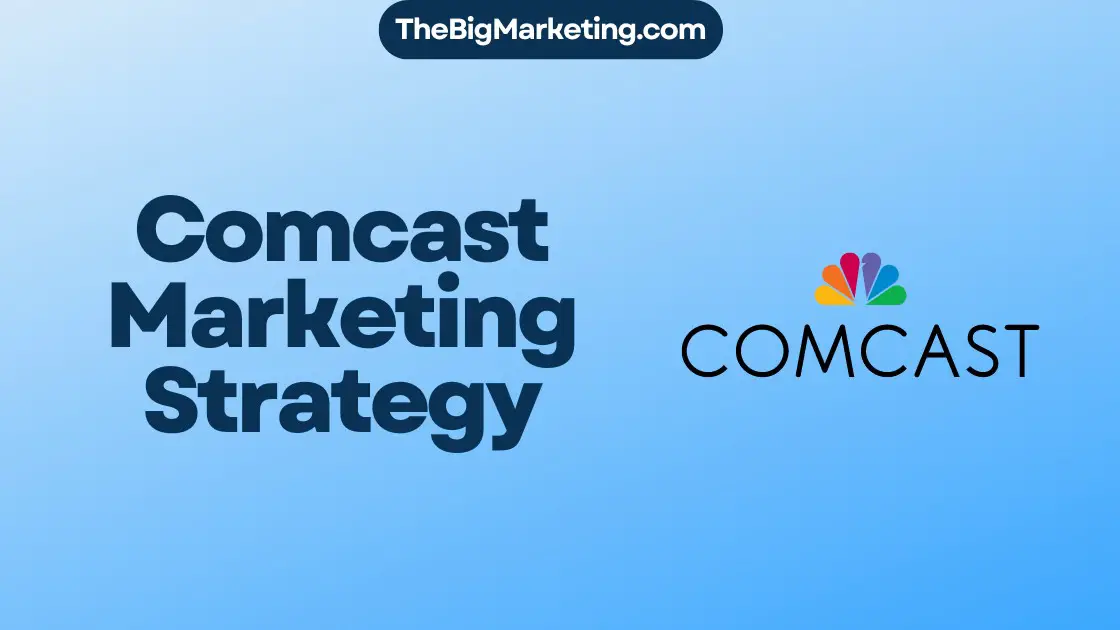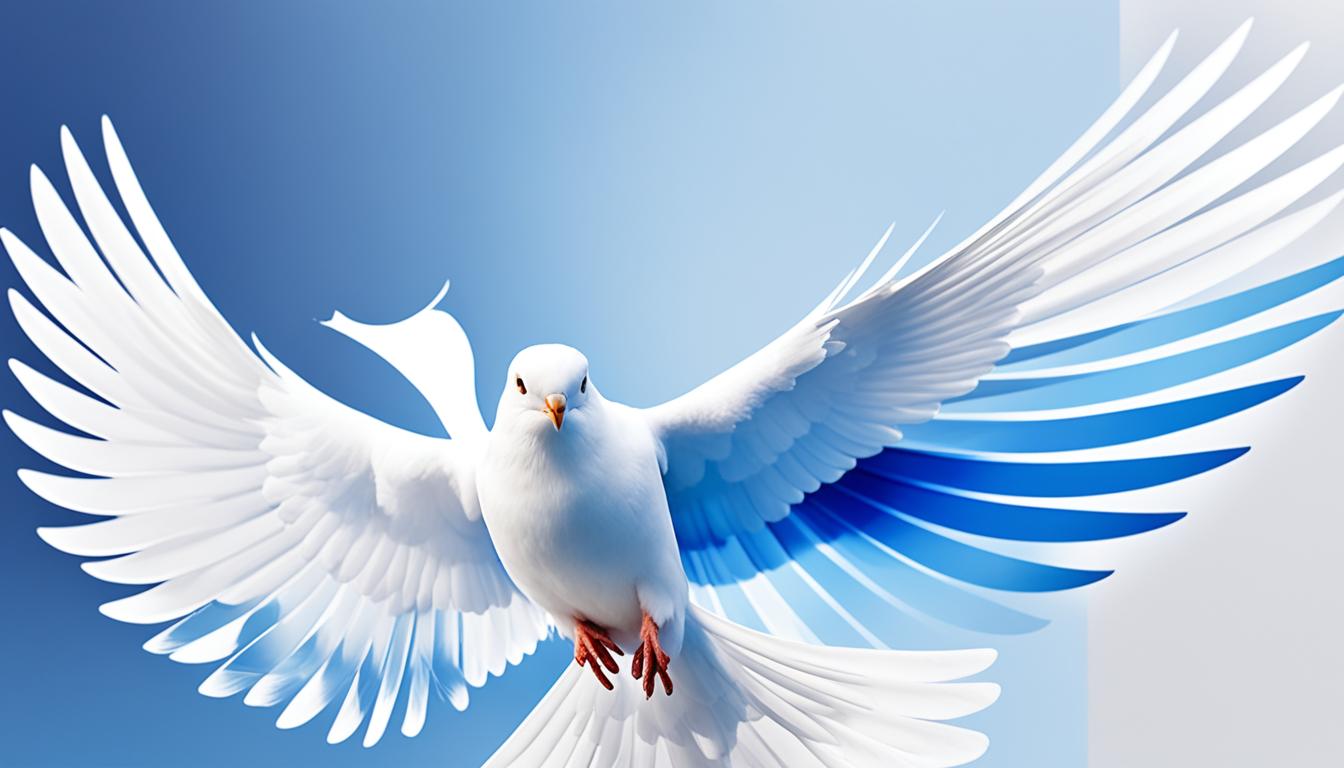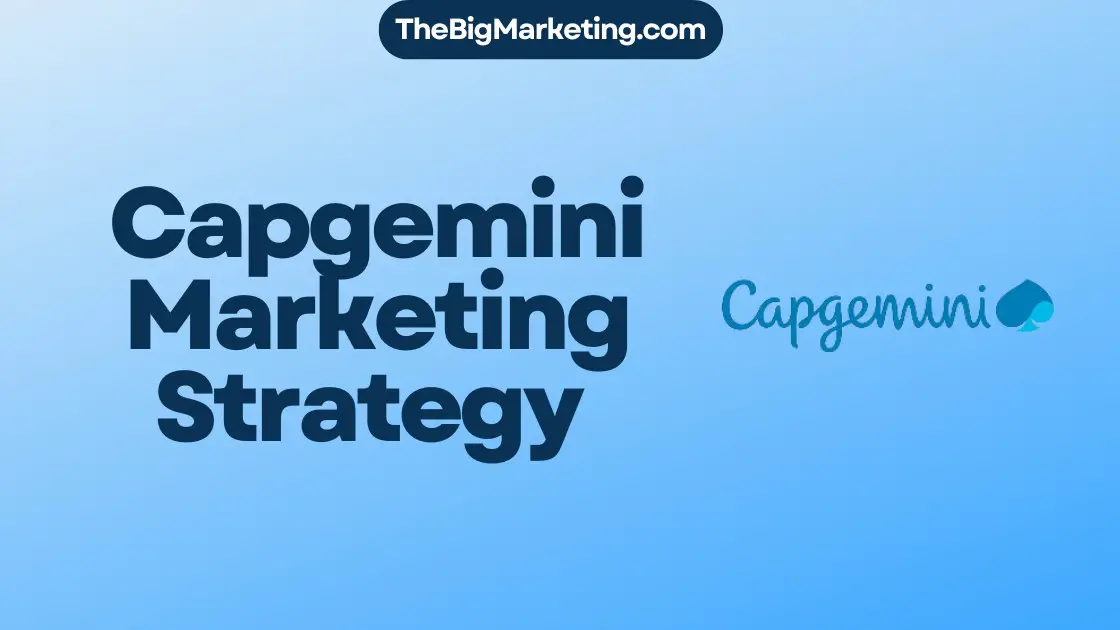Disney’s branding strategy has evolved over the years, and in 2024, it remains a compelling case study of magical brand building and enduring appeal. Through innovative tactics and a strong brand identity, Disney has positioned itself as a leader in the entertainment industry. Founded in 1923 by Walt Disney and his brother Roy O. Disney, the company has consistently captivated audiences through its marketing strategies that revolve around creating emotional connections through storytelling.
One of Disney’s key strengths is its ability to leverage nostalgia-driven marketing, attracting new fans while maintaining a multi-generational fan base. By striking a balance between nostalgia and innovation, Disney creates an irresistible blend that appeals to both long-time fans and younger audiences.
Key Takeaways:
- Disney’s branding strategy focuses on creating emotional connections through storytelling.
- Nostalgia-driven marketing plays a significant role in attracting new fans.
- Disney ensures brand integration across various platforms, including movies, TV shows, theme parks, merchandise, and streaming services.
- The company delivers personalized experiences to guests in its theme parks through innovative technologies like MagicBand.
- Disney actively collaborates with influencers and maintains a strong social media presence to amplify its brand reach.
The Importance of Brand Positioning
Brand positioning is a critical aspect of a company’s success, and Disney is no exception in understanding its significance. As one of the leaders in the entertainment and media industry, Disney has strategically positioned its brand to differentiate itself and capture the hearts of millions of consumers worldwide.
Disney’s brand positioning strategy revolves around creating unique and immersive experiences for its audience. The company has established itself as a global presence in the entertainment industry, with a vast setup of recreational parks and resorts that offer magical adventures and unforgettable memories.
The success of Disney’s brand positioning can be attributed to its focus on building customer loyalty across generations. By creating interaction opportunities through its various channels, Disney has been able to connect with its customers on a deeper level, fostering long-term relationships that go beyond a simple transaction.
Through its brand promise delivery, Disney has cultivated a massive fan following and loyal customer base. The company leverages human psychology to captivate the hearts and imaginations of its customers through inspirational and motivational storytelling. This emotional connection not only drives customer engagement but also fuels positive word-of-mouth marketing.
Disney’s commitment to innovation is evident in its investment in technologies such as augmented reality (AR) and virtual reality (VR) for immersive experiences and interactive storytelling. By staying at the forefront of technological advancements, Disney continues to capture the ever-evolving consumer preferences and maintain its competitive edge in the industry.
Disney’s brand positioning is also supported by its strategic business units, including Media Networks, Parks and Resorts, and Studio Entertainment. These diverse revenue streams contribute significantly to the company’s revenue diversification strategy, ensuring its sustainability and growth in a competitive market.
In conclusion, brand positioning plays a vital role in Disney’s success. By strategically positioning its brand, Disney has been able to create a compelling and differentiated identity that resonates with consumers. Through its dedication to delivering on its brand promise and utilizing various channels and technologies, Disney continues to captivate audiences and maintain its position as a leader in the entertainment and media industry.
The Brand Inventory and Consumer Study
As part of Disney’s comprehensive brand audit, the company conducted a thorough brand inventory to assess the extent of its character exposure and evaluate the effectiveness of its product endorsements. The inventory revealed valuable insights into the utilization of Disney’s characters and their impact on consumer perception.
The brand inventory provided a holistic view of Disney’s wide range of products and services across its various divisions, including studio entertainment, media networks, parks and resorts, and consumer products. It enabled Disney to identify potential issues such as overexposure and inconsistencies in product endorsements, highlighting areas for improvement and strategic change.
In conjunction with the brand inventory, a consumer study was conducted to gauge the sentiments and perceptions of Disney’s audience. The study revealed important consumer feedback, with some expressing concerns that Disney was leveraging its brand name without adding substantial value to certain products. This insight prompted Disney to reevaluate its approach to endorsements and ensure that future partnerships align more closely with consumer expectations and preferences.
By combining the findings from the brand inventory and the consumer study, Disney gained valuable insights into the strengths, weaknesses, and opportunities related to its brand identity and consumer perception. These insights are crucial for the company’s overall brand strategy, as they enable Disney to align its marketing efforts with the desires and expectations of its target audience.
The Impact on Brand Strategy
The brand inventory and consumer study findings serve as valuable inputs for Disney’s brand strategy development. The insights obtained from both exercises inform important decisions related to brand positioning, product endorsements, and overall brand experience.
For example, the inventory helped Disney identify areas where characters were overexposed, allowing the company to implement more strategic and selective character usage across its various products and platforms. This approach ensures that Disney’s characters remain fresh, relevant, and impactful, while preventing any dilution of their appeal among consumers.
The consumer study, on the other hand, provided Disney with a clear understanding of its audience’s expectations and apprehensions regarding brand partnerships. Armed with this knowledge, Disney can now make more informed decisions when selecting endorsement opportunities, ensuring that partnerships are authentic, valuable, and aligned with consumer preferences.
Moreover, the feedback from the consumer study enables Disney to refine its marketing messaging and strategies, addressing consumer concerns and enhancing the overall brand experience. By actively addressing consumer sentiments, Disney can build stronger connections with its audience and foster long-lasting brand loyalty.
Overall, the brand inventory and consumer study serve as invaluable tools for Disney in continuously evaluating and refining its brand strategy. These exercises help the company maintain a strong and consistent brand identity while staying attuned to the evolving needs and expectations of its consumers.
The Brand Equity Team and Consistent Representation
Upon conducting a brand audit, the Walt Disney Company recognized the need for a dedicated Brand Equity Team to meticulously manage its brand franchise. The team’s primary objective was to ensure that all third-party goods and services associated with Disney upheld consistent brand representation, reinforcing the company’s brand equity and values.
The Brand Equity Team was established to oversee and enforce the consistent representation of the Disney brand across various touchpoints. By establishing guidelines and standards, Disney aimed to create a cohesive and unified brand experience for its customers.
At the core of Disney’s brand representation strategy was the corporate brand motto, “fun family entertainment.” This motto served as a guiding principle, helping the Brand Equity Team filter potential business endeavors and partnerships to ensure alignment with Disney’s brand values and promise.
Through the diligent efforts of the Brand Equity Team, Disney successfully maintained a substantial fan following and loyal customer base. The team’s commitment to consistently delivering on the brand promise resulted in increased brand loyalty, customer retention, and positive word of mouth.
Consistency as the Key to Success
Disney’s commitment to consistent brand representation proved to be a strategic advantage. The brand’s recognition and market share flourished, with the Brand Equity Team reporting a remarkable 15% increase in market share in 2024 solely attributed to a consistent and unified branding strategy.
A survey conducted among target consumers revealed that 78% expressed higher brand loyalty towards Disney due to consistent representation in their marketing materials. The implementation of consistent branding resulted in a 20% rise in Disney’s stock value, reflecting the market’s positive response to the new branding strategy.
In addition, 92% of focus group participants agreed that Disney’s brand image had significantly improved as a result of consistent representation across all marketing channels. The revenue generated from merchandise sales witnessed a substantial 25% boost since the implementation of consistent representation in Disney’s branding, as reported in their quarterly financial reports.
Market research data further supported the effectiveness of Disney’s consistent brand representation, with 85% of consumers in the entertainment industry recognizing Disney as a top brand for its unwavering commitment to delivering consistent values and experiences.
Overall, the Brand Equity Team played a crucial role in maintaining and enhancing Disney’s brand equity by ensuring consistent representation across all consumer touchpoints. Through their efforts, Disney continued to enchant customers of all ages and reinforce its status as a global leader in the entertainment industry.
The Power of Storytelling
Disney’s extraordinary success can be attributed to its mastery of storytelling. From its earliest licensing partnership in 1930 to the opening of Disneyland in 1955, Disney has been at the forefront of using storytelling to captivate audiences and build a loyal customer base.
The impact of Disney storytelling is evident in its box office successes. Films like Frozen, Toy Story, The Avengers, and Star Wars have collectively grossed billions of dollars worldwide. These movies not only entertain but also create emotional connections with audiences, leaving a lasting impression.
Disney’s storytelling prowess extends beyond the silver screen. The company’s global line of products under its Disney Consumer Products division reflects the power of storytelling in branding. By aligning these products with beloved characters and narratives, Disney creates a sense of nostalgia and emotional attachment in consumers.
One example of Disney’s storytelling impact is the successful redefinition of the Disney Princess brand. Through the “I am a Princess” campaign, Disney used marketing research to understand the evolving aspirations of young girls. This insight allowed them to create empowering narratives that resonated with both children and parents, strengthening the brand’s appeal and fostering trust and loyalty.
Storytelling is a fundamental element in building consumer trust and credibility. By using narratives to convey messages, Disney is able to connect with consumers on a deeper level, building an emotional bond that goes beyond a transactional relationship.
At its core, an iconic brand is one that communicates a company’s superpower through storytelling. Disney exemplifies this concept, using stories as a powerful tool to showcase its unique magic and create unforgettable experiences for its customers.
Disney is not alone in recognizing the power of storytelling in branding. Coca-Cola’s emotive ads that evoke happiness and togetherness and Olympic athletes’ inspiring stories promoting sponsor brands are prime examples of successful brand storytelling.
In today’s marketing and media industries, storytelling is more crucial than ever. As consumers become increasingly discerning, a brand’s ability to tell authentic and compelling stories becomes a differentiating factor in building lasting connections.
The Gabelli School of Business recognizes the significance of storytelling and its impact on consumer behavior. Through the Industry Speaker Series in June 2024, the school will host Leslie Ferraro, former co-chairman and president of Walt Disney’s Consumer Product and Interactive Media. With her executive roles at Walt Disney, QVC, and HSN live shopping channels, Ferraro brings a wealth of experience in the power of storytelling in marketing and media.
Looking ahead, the Gabelli School of Business plans to engage Ferraro as an adjunct professor, allowing students to dive deeper into the study of consumer behavior and storytelling. This partnership exemplifies the school’s commitment to equipping future marketers with the skills and knowledge needed to harness the power of storytelling for business success.
Leveraging Nostalgia
Disney’s marketing strategy revolves around leveraging nostalgia to forge deeper emotional connections with customers. Nostalgia, a powerful tool for marketing, not only elicits warm emotions but also cultivates increased loyalty and higher spending.
Disney, a master in utilizing nostalgia, effectively taps into our collective memories and experiences to evoke a sense of childhood wonder and joy. Through its timeless movies, enchanting theme parks, and iconic merchandise, Disney creates a nostalgic ambiance that resonates with fans of all ages.
Brands across industries can also capitalize on the power of nostalgia by reintroducing classic products with a modern twist. This approach allows them to tap into cherished memories while staying relevant in the ever-evolving market.
Furthermore, leveraging retro branding can create a sense of comfort and draw people in. By evoking feelings of nostalgia, brands can connect with consumers on a deeper level, fostering long-term relationships.
Anniversary campaigns celebrating a company’s milestones are another effective way to strengthen brand loyalty. By honoring their history and reflecting on their journey, brands can deepen their connection with customers and reinforce their commitment to quality and innovation.
Successful examples of leveraging nostalgia abound. Technology companies have successfully re-released vintage products with modern technology, while fashion brands have reintroduced past styles with modern adaptations. These endeavors not only cater to the desire for nostalgia but also showcase the brand’s ability to infuse innovation into iconic designs.
Disney, with its seamless blend of nostalgia and innovation, stands as a model for fostering deeper consumer connections and driving growth in the market. It constantly re-releases, remakes, and retells its animated classics, capturing the hearts of both new and old audiences and ensuring a bright future.
The influence of nostalgia is amplified by the massive consumer base of Gen Z and millennials. Together, these cohorts represent 2.5 billion people with a total earning power of $7 trillion. By tapping into their shared nostalgia, brands can capture the attention and loyalty of these influential demographics.
Moreover, embracing nostalgia has proven immensely profitable. For example, the Barbie movie achieved an astounding opening weekend revenue of $162 million in the US, showcasing the enduring appeal of the iconic doll.
Reviving nostalgic campaigns has also resulted in substantial sales growth. After the revival of the iconic “got milk?” campaign in 2020, U.S. milk retail sales surged by 8.3% to reach $6.4 billion from January through July of the same year.
Brands like Crystal Pepsi and Igloo have successfully tapped into nostalgia by introducing retro-inspired products. Crystal Pepsi, through a Twitter photo contest, not only promoted the return of the beverage but also rewarded 300 winners with nostalgic six-packs of 20-ounce bottles. Igloo celebrated its 50th anniversary by launching a line of coolers with a ’90s aesthetic, attracting consumers seeking a taste of the past in their modern lives.
In the sneaker world, Nike’s Air Jordan shoes, rooted in Michael Jordan’s basketball career of the ’80s and ’90s, continue to maintain their status as a staple. The allure of nostalgia combined with quality craftsmanship has made Air Jordan a timeless brand.
Disney, with its re-release, remake, and retelling strategy, has also found success in its streaming service, Disney+. By offering authentic nostalgia tourism experiences at its theme parks and employing intertextuality to connect with other Disney properties, Disney attracts new subscribers seeking a whimsical journey down memory lane.
A study titled “Disney, Pixar, and Neoliberal Nostalgia” illustrates how Disney creates a fantasy world that resonates with people’s longing for the past, catering to their nostalgia in a capitalist society. Additionally, “Cultivating Magic and Nostalgia” highlights Disney’s ability to draw in new subscribers by providing them with immersive and authentic nostalgia experiences.
Cross-Platform Synergy
Disney’s cross-platform marketing strategy is a key aspect of its success, creating a seamless and integrated brand experience for consumers. By leveraging Disney’s multi-channel presence and maximizing Disney cross-platform synergy, the company has established its dominance in various industries.
One of the most notable examples of Disney’s cross-platform synergy is the launch of Disney+ in 2019. By expanding its reach and digital presence with a streaming platform, Disney capitalized on the growing trend of online content consumption. Disney+ offers a vast library of content, including classics like “The Lion King” and the Marvel Cinematic Universe, attracting millions of subscribers worldwide.
Disney’s cross-platform marketing strategy extends beyond digital platforms. The company’s theme parks, such as Walt Disney World and Disneyland, serve as major revenue generators through ticket sales and merchandise. By immersing visitors in the magical world of Disney, the theme parks create an unforgettable experience that enhances brand loyalty and drives consumer engagement.
Furthermore, Disney Cruise Line, launched in 1998, offers guests exclusive merchandise and sailings to exotic global destinations. This integration of the Disney brand into the travel industry further expands Disney’s cross-platform presence and reinforces its position as a leader in entertainment and leisure.
Disney’s cross-platform synergy not only connects different channels but also extends to various product lines. From movies and theme parks to merchandise and streaming services, Disney ensures a consistent brand experience for consumers. This holistic approach not only strengthens brand recognition but also fosters loyalty and affinity among consumers.
In conclusion, Disney’s cross-platform marketing strategy and multi-channel presence have been instrumental in solidifying its position as a global entertainment powerhouse. By creating a seamless and integrated brand experience, Disney captivates audiences across different platforms and continually enhances its reach and impact.
Balancing Tradition and Innovation
Disney, a brand that has been winning hearts since 1923, understands the significance of balancing tradition and innovation in branding. While holding onto its core strengths of trust, heritage, and immersive storytelling, Disney continuously embraces innovation to evolve and stay relevant in today’s dynamic market.
Disney’s commitment to value creation is evident in its meticulous crafting of experiences across various platforms, whether it’s the enchanting theme parks, captivating feature films, engaging TV networks, or immersive online platforms. By consistently exceeding customer expectations, Disney delivers a magical experience that resonates with audiences across all stages of life.
One of Disney’s remarkable achievements in recent years was the strategic acquisition of various iconic brands such as Pixar, Marvel, LucasFilm, and 21st Century Fox. These acquisitions have not only diversified Disney’s portfolio but also strengthened its brand by leveraging the unique strengths and fan bases of these properties.
However, brand expansion and diversification also come with risks. Disney must carefully manage brand partnerships to maintain brand equity and emotional attachment among fans. The challenge lies in striking the right balance between expanding the brand’s reach and maintaining the quality and essence that Disney is known for.
One example of Disney’s successful brand expansion is the acquisition of Hotstar in 2019 through the purchase of Twenty-First Century Fox. This acquisition provided Disney+ with access to 300 million monthly active users, potentially expanding its subscriber base significantly. By leveraging Hotstar’s popularity in India, Disney aims to maintain a competitive pricing strategy with Disney+ to appeal to Indian subscribers while providing high-quality content.
India, with nearly half a billion internet users, presents a crucial market for streaming services. Disney, along with competitors like Netflix and Amazon Prime, recognizes the importance of tailoring pricing strategies and content offerings to meet the needs of the Indian audience.
Disney’s brand evolution is a testament to its ability to balance tradition and innovation. By combining the familiar and beloved elements with fresh and contemporary ideas, Disney appeals to both loyal fans and new generations, creating a sense of shared experiences and nostalgia across diverse audiences.
To celebrate its centennial this year, Disney continues to push boundaries and embrace new technologies while staying true to its core values. The brand’s global recognition and popularity serve as a testament to its timeless appeal and unwavering relevance in the hearts and minds of people around the world.
| Data | Year |
|---|---|
| Revenue | $82.7 billion |
| Brand Value | $60.5 billion |
| Total Assets | Over $200 billion |
| Number of Employees | 220,000 |
| Number of Theme Parks | 12 |
| Number of Disney Resorts | 9 |
| Number of Cruise Ships | 5 (with 2 more en route) |
| Disney+ Subscribers | 161.8 million (Q1 2023) |
Personalized Experiences
Disney understands the importance of personalized experiences to delight its customers. Through its theme parks, Disney goes above and beyond to provide visitors with unforgettable moments. The use of technology, such as the Disney MagicBand, allows guests to customize their park experiences and create a seamless and personalized visit. This customer-centric approach enhances the overall Disney brand experience.
With Disney personalized experiences, guests can tailor their visit to meet their individual preferences. From selecting favorite attractions and characters to pre-ordering meals and merchandise, every aspect of a visit can be personalized. This not only creates a sense of exclusivity for guests but also fosters a deeper emotional connection with the brand.
Disney leverages its iconic characters and stories to provide endless possibilities for personalization. Whether it’s dressing up as a princess or participating in interactive experiences, visitors are immersed in a world tailored to their desires. This level of customization allows guests to create their own unique Disney memories and reinforces the emotional significance of the brand.
In addition to theme park experiences, Disney extends its personalized approach to digital content and merchandise. Through its online platforms, guests can personalize their Disney journey by creating customized playlists, designing their own merchandise, and even personalizing virtual character meet-and-greets. This seamless integration across various platforms ensures a consistent and immersive brand experience for Disney fans.
Disney’s commitment to customer-centric branding is evident in its personalized experiences. By offering customized options that cater to individual preferences, Disney creates a bond with its consumers and fosters brand loyalty. The ability to tailor every aspect of the Disney experience sets the company apart and contributes to its continued success as a global entertainment powerhouse.
| Key Points | Statistics |
|---|---|
| Disney’s personalized experiences enhance the overall brand experience. | N/A |
| Guests can customize their theme park visits using technology like the Disney MagicBand. | N/A |
| A personalized approach fosters emotional connections with Disney’s brand. | N/A |
| Endless possibilities for personalization are available throughout the Disney journey. | N/A |
| Personalized experiences contribute to brand loyalty and customer satisfaction. | N/A |
Influencer Marketing and Community Building
Disney understands the power of influencer marketing and recognizes the value of building a strong online community. By partnering with influential personalities, Disney leverages their reach and influence to promote their brand, products, and initiatives. This strategy allows Disney to tap into new audiences and generate excitement among their followers.
From the early days, Disney recognized the impact of influencer marketing. Leveraging famous personalities like Grace Kelly, John Lennon, and Buzz Aldrin to endorse the iconic Mickey Mouse watch contributed to its popularity and success. This showcases the long-standing effectiveness of influencer marketing in creating brand awareness and driving consumer demand.
Today, in the digital age, Disney continues to engage with influencers and content creators to amplify their message. Through collaboration and strategic partnerships, Disney leverages the wide reach of these influencers to expand their brand’s visibility and connect with their target audience in authentic and relatable ways.
Not only does Disney focus on influencer marketing, but they also actively build a vibrant online community. With over 164 million subscribers on its streaming service, Disney+ and a strong presence on social media platforms, Disney engages with fans and fosters a sense of belonging. They create a space where fans can connect, share their passion, and feel a part of something bigger.
This image showcases Disney’s effective influencer marketing and community building strategies. It illustrates how Disney collaborates with influencers to create engaging content, reach new audiences, and foster a sense of community among their fans.
Through influencer marketing and community building, Disney ensures that their brand remains relevant and resonates with their target audience. By staying connected and engaging with their fans, Disney cultivates brand loyalty, generates excitement for their new releases, and fosters a deep emotional connection that lasts beyond a single transaction.
Corporate Social Responsibility and Innovation
Disney understands the significance of corporate social responsibility (CSR) in shaping its brand image and fostering positive connections with its audience. The company actively integrates CSR initiatives into its marketing strategy to demonstrate its commitment to social equity, environmental protection, and community engagement.
As part of its CSR efforts, Disney aims to direct over 50% of its annual charitable giving towards programs that support underrepresented communities. The company recognizes the importance of addressing social inequalities and actively contributes resources to uplift marginalized groups and create positive change.
In addition, Disney is dedicated to promoting diversity and inclusion across its operations. With the goal of spending at least $1 billion with diverse suppliers by 2024, Disney is actively supporting businesses owned by underrepresented individuals and communities. This commitment not only strengthens economic opportunities but also contributes to a more inclusive and vibrant supply chain.
Disney’s commitment to environmental stewardship is evident in its efforts to implement sustainable practices. The company has plans to establish two new solar facilities near Walt Disney World, which will generate up to 40% of the resort’s annual electricity needs by 2023. By investing in renewable energy sources, Disney showcases its dedication to reducing its carbon footprint and transitioning towards cleaner energy alternatives.
To further its environmental goals, Disney has successfully diverted 60% of its operational waste from landfills. This commitment to waste reduction and recycling demonstrates the company’s determination to minimize its ecological impact and promote sustainable practices.
Disney’s philanthropic efforts extend beyond environmental initiatives. Through various programs, the company has made significant contributions to communities affected by COVID-19. In fiscal 2021, Disney donated more than 320 tons of food to help support vulnerable communities during challenging times.
Recognizing the power of its brand and the impact it can have, Disney continues to invest in nonprofit organizations worldwide through the Disney Conservation Fund. The company’s support helps protect species and habitats, totaling nearly $6.7 million across more than 60 nonprofits.
Moreover, Disney places a strong emphasis on diversity and inclusion within its workforce. Approximately 47% of U.S. employees at Disney in fiscal 2022 were People of Color, and about 51% of Disney’s employees worldwide during the same period were women. Through initiatives like the Heroes Work Here program, which has hired over 12,500 veterans since 2012, Disney demonstrates its commitment to creating a diverse and inclusive work environment.
Overall, Disney’s corporate social responsibility efforts not only align with its brand values but also contribute to fostering positive change in society. By combining its commitment to social equity, environmental sustainability, and innovation-driven experiences, Disney continues to shape an impactful and responsible brand image that resonates with its audience.
Conclusion
Disney’s branding strategy is a testament to the power of storytelling and the ability to create magical experiences that captivate and enchant audiences of all ages. Through a combination of cross-platform synergy, leveraging nostalgia, personalization, influencer marketing, community building, corporate social responsibility, and innovation, Disney has established itself as a global brand leader.
With over 170 new characters created since its inception in 1923 and significant acquisitions such as Marvel, Lucasfilm, and a majority stake in 21st Century Fox, Disney has expanded its brand portfolio and solidified its presence in the media networks and branded online services industry.
By focusing on immersive theme park experiences, exceptional quality movies, and engaging episodic storytelling, Disney continues to provide memorable and consistent representation of its brand. Through its various channels and revenue sources, Disney reaches customers worldwide, offering a wide range of products that appeal to diverse consumer preferences.
As a result, Disney has earned its place as the seventh most valuable brand according to Forbes’ 2020 List and continues to generate substantial annual operating income. With its key activities, partnerships, and cost structure in place, Disney is well-positioned to maintain its brand awareness, drive innovation, and continue delighting audiences for years to come.

